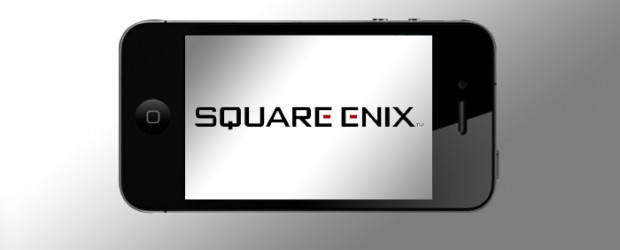I have a smartphone. Yes, I am one of the few young people in the Western world to not own one, but rising contract costs somehow forced me into buying one. Thanks to Republic Wireless’s hilariously cheap plan for the Moto G and my ability to not use a phone very much at all, I end up winning in the end. Take that oppressive data plans and free wi-fi! Since I know nothing about such devices, I’m fortunate enough not to care about the better products in the market and just feel the wonder of new experiences instead. Hey, I’m ever the optimist.
The first thing to do after finding a new piece of technology, of course, is to figure out whether SNES games run on it. After my initial fascination with the power of the device (far more powerful than computers of five years ago, if I had to take a guess), I figured I would slide my way through the Google Play store to see what game lay on mobile platforms. Lo and behold, nearly every game comes at the cost of “really cheap” or “free”. I know I’m restating the obvious here, but let me revel in my new experience, alright?
Pricing and Adaptation
This price tag means one of two things: either the games themselves are, in fact, horrible pieces of trash, or that’s just the default pricing mode for applications on a smartphone (more like “portable media device that might have a phone function”). So far, I’m not sure exactly what to think. I played a few of the “hit” titles to come out of this platform, and I can see why the video game market struggles on the traditional platforms. Think of it this way: if you’ve got fifteen minutes to waste, then Angry Birds will perfectly suit your inclinations. Just pull, snap, and watch the bird fly to destroy green pigs and other such things. If you must do something else immediately, just open up another application and return later.
On the other hand, console and PC games often function on the level of “immersive experience/game system” rather than “token time waster”. As it is, consoles turned into a luxury product for (relatively) young people with disposal income. The gaming upmarket isn’t growing in size, so developers kowtow to the power of the mobile market. You can’t simply transplant traditional gaming styles and modes onto mobile unless you take advantage of the platform’s unique qualities. By that, I don’t mean the touch screen; Nintendo already did that, and the 3DS still does that to a degree. Rather, games need to function according to the platform on which they reside based on the needs of its audience.
Square-Enix: A Case Study
Let me give you a case study to make this apparent. Square-Enix obviously wishes dearly to break into the mobile market. However, they really want to do this without compromising their established brand names transplanted from the console environment. Thus, their output contains a mix of strange strategies to extort the most money out of customers as possible, either with an initial upfront charge that far exceeds most other mobile games on the platform, or a free-to-play title that contains nothing more than a blatant “spend money!” model for no good reason.
Final Fantasy games cost a lot. Maybe not a lot in comparison to, say, a 3DS or Vita release, but consider that those handhelds require a piece of hardware that exists just to play games. A phone, on the other hand, performs multiple purposes; Final Fantasy competes with a hundred other free, or nearly free, apps in a competitive market space. You just can’t charge 15.99 USD for SNES RPGs with minor graphical upgrades (and if you hate smoothed over sprites, more like downgrade) when there’s so many alternatives.
Opportunity cost rears its ugly head, and the Japanese company cannot possibly compete with something quick, precise, and disposable in the mobile space. It just can’t happen, and yet Square-Enix thinks this is a good idea. It’s fighting a war for traditional video game pricing and genres on a platform that won’t support such a methodology. People will choose the next best alternative if offered, and there’s so many free apps that do the exact same thing: entertain. If you’re looking for specific entertainment, of course, Square-Enix performs that function, but it won’t enamor them to the major audience.
On the other hand, Square-Enix also likes to release the odd free-to-play like Deadman’s/Guardian’s Cross, Final Fantasy: All the Bravest, and Final Fantasy Theatrhythm. Most of these let you download them for free or a small fee, yet they contain rather oppressive DLC prices should you choose to invest in them. That isn’t so much a problem with the Cross games, given that it’s mostly trading money for time spent, but there’s literally no excuse for charging someone to continue playing a game that requires tapping repeatedly (All the Bravest is awful). Theatrhythm, on the other hand, sells you a 3DS game piecemeal and charges you 3-4 times the original retail price of the 3DS release if you decide to invest in DLC – who came up with that brilliant idea?
We could chalk it up to inexperience, but they should know better by this point. Remember how people whined about Capcom locking on-disc content for its games? Imagine the mobile market – if you didn’t catch somebody in the feedback loop of fun leading to spending leading to more fun, then you just lost a customer immediately. It’s not a win-win, but a lose-lose.


